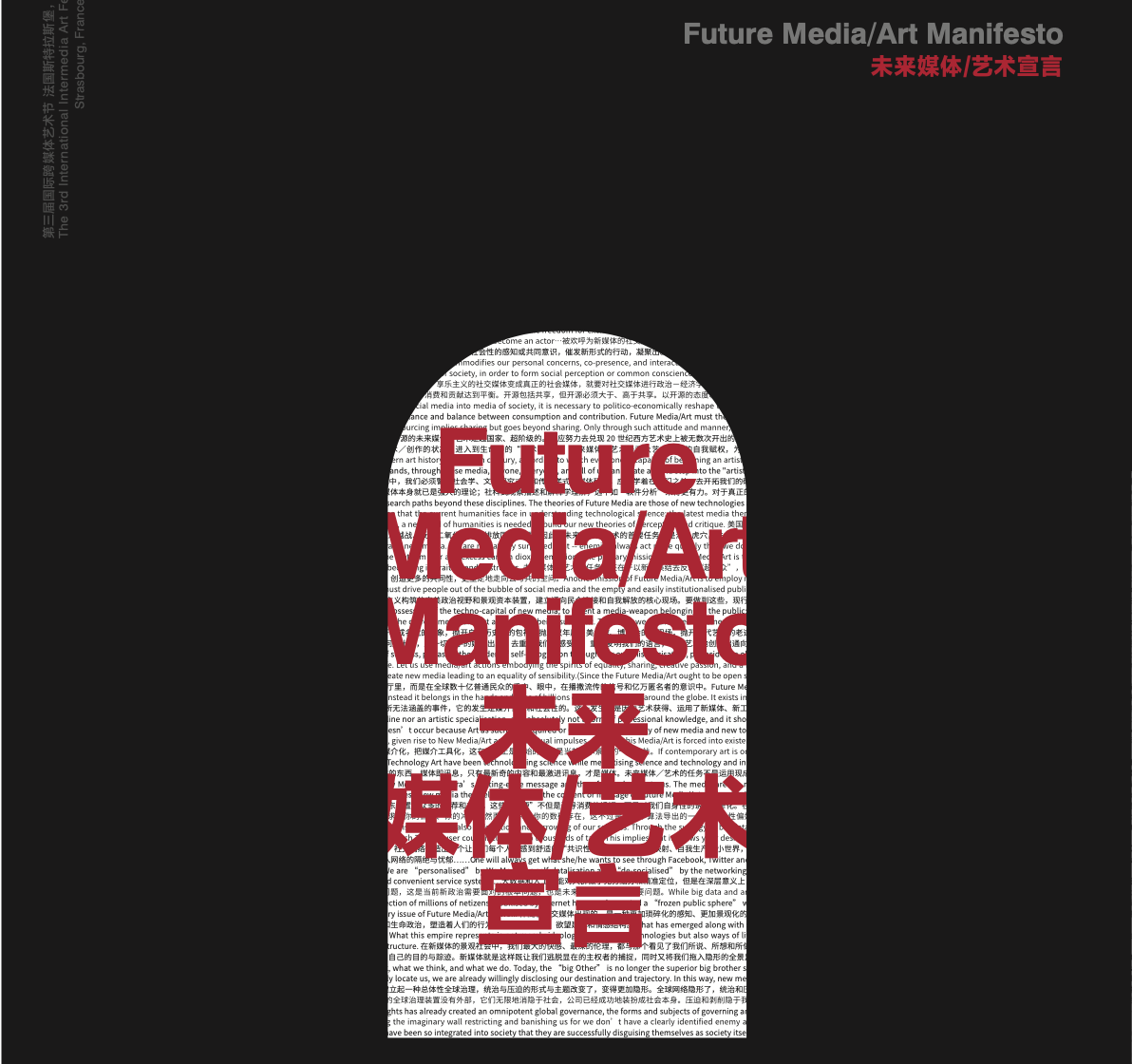2017
This article is based on a lecture given by the author at the forum held by the China Academy of Art "Century: A Proposal," Strasbourg, France, 2017.12.02
1954 or 1956, crystallized around the mid-fifties the first phase of the Cold War. I want to address by talking about grand divisions and the mutations that they undergo. Let me begin with the Suez Canal and the Suez Crisis, that crucial note in global trade. Because the Suez Crisis both stands for the assertion of the former colonial or the still colonial world to claim self-determination, as well as for the passing of power from the British Empire to the new power claiming global hegemony—The United States.
Part of that claiming of global hegemony was the doctrine of containment. The containment of communism that led to so many of the crises of this decade and those that pursued: the Taiwan Strait Crisis, the war in Vietnam and many others to be named where democratic processes were toppled often by the secret service[Microsof1] . Of course, the arts and culture also played a new role in that iconography of the Cold War. And to call that to attention, I just want to read one short quote from George F. Kennan, a diplomat who had been in Moscow in service for the United States and spoke in 1955 in front of the International Council of the Museum of Modern Art. Kennan was also involved or was one of the crucial figures who formulated the doctrine of containment. Yet he was also involved in setting up the global campaign in the so-called Cultural Cold War on the side of the US and the West. So here is what Kennan says,
Actually, of course, we have at this time the greatest and most urgent need to correct a number of impressions that the outside world entertains of us, impressions that are beginning to affect our international position in very important ways. I think we are gradually becoming aware for the first time of the frightening extent to which negative conceptions about us prevail to one degree or another abroad. But many of us still do not realize how largely these negative feelings are related to cultural rather than to political conditions.
So here you have a very plain reason why power was enrolled as a peaceful weapon in a Cold War that was increasingly about soft power methods.
And why the arts? Who, at the time were struggling in the heroic battles that we have been hearing about in great detail of the 1930s, struggling to both reconnect to the avant-garde as well as to create new foundations for themselves, were always overshadowed by this new Cultural Cold War, or put into service of a very reductive agenda to which they had to react with mostly a language of subversion versus counter-subversion.
I want to talk about the 1950s as a decade of fraud universalism and it seems to me that Adorno's concept of a negative universal history is perhaps a way to pass through fraudulence. It is my thesis here that somehow in the 1950s, universality had to be conceived in the negative. Of course, universal history and universality had now afterward and since recently been out of grace. But it has experienced in recent years not least in the genre of history writing a grand comeback but also of course in concepts such as the Anthropocene.
What was wrong with universal history in the first place? Wrong, was that the language of universality spoke with forked tongues. It was the grave discrepancy between the universal discourse of the rights of man championed, for instance by a country like France and the reality of colonial oppression. France was not only a republic but also an empire as we know, and in 1954 it lost the battle in what was then still Indochina and the war in Algeria started. But back to the forked tongues, by a somewhat magic sleight of hand, it was the discourse of working of the enlightenment and colonial ideology that guaranteed that in talking the language of liberty and universality the reality of un-freedom and oppression somehow became unspeakable, invisible, foreclosed. And universality is haunted by this return of the repressed. Forked tongues, a dividing line between official discourse and the realities of oppression that run through these discourses, have been crucial for understanding the architecture of domination.
In the mid-1950s this line appears in three forms, in three mutations. The first mutation is military and is embodied by the hydrogen bomb. This is a universality because the power to destroy has become global. The hydrogen bomb was tested in 1954 famously at the Bikini Atoll by the United States. The universal threat of destruction and even the extinction of mankind at the hands of mankind is now a looming possibility on the horizon. The image of the mushroom cloud is an image of the absolute limit of civilization. The bomb thus embodies a negative universal history simply by its capacity for universal destruction. The line here, which was once a military frontier, empowered certain architectures and asymmetries of domination aided by weapon technologies. Think of gunpowder or the invention of machine guns which now has become a planetary envelope as if Sputnik orbiting the earth was armed with a nuclear bomb. I'm inserting an Adorno quote. Adorno said, “universal history has to be construed and denied” and he also said, “There is no universal history that leads from savagery to humanitarianism although one indubitably leads from the slingshot to the megaton bomb.”
The second mutation of that divide of the line is how this threat is held at bay in the balance of terror between the superpowers and the Cold War. The Iron Curtain has been the symbol of this divide. But this divide is also making the manifested crisis in the universal discourse the grand narrative of colonial modernity in both its versions, the Hegelian one and its Marxist displacement or outright inversion. It is crucial to note that both are inherently still civilizing missions and intimately tied to the rise of the modern bureaucratic state machine, which is proliferating in the 1950s to a frightening degree. Against the backdrop of the threat of extinction and the violence of the world wars, the champions of this narrative in the West try to renew their grasp of universality and their ability to frame others at the price of granting them the right for self-determination and representation, even though of course, in reality, this right had still to be claimed and paid for in the currency of blood.
This universality where human rights would come to the rescue as a bankrupt humanism is perhaps best grasped in the 1950s by the politics of the exhibition of The Family of Man that famously opened in 1955 and was seen over the next seven years across most of the world by millions of people, from Guatemala City to Japan, from Moscow to Berlin. If I had more time I would like to present to you a famous photograph of nuclear tests that was shown in that exhibition and when it was excluded from display. In speaking of perhaps the fraud of universality as represented by this exhibition at least in the eyes of its critics, we also speak of Picasso's Guernica and the way in which, somehow, that painting at least in parts became drained from its specificity as an image against violence and for the victims of terror as such in general.
The third mutation of that dividing line lies squarely at odds with this schizophrenic crisis of colonial modernity embodied by the Iron Curtain. And this one set the “color curtain” against the Iron Curtain. This is how American novelist Richard Wright rephrased W.E.B. Du Bois' original description from 1900 of a racially divided world using the term “the color line,” thus mapping the history of racism and colonialism onto the Cold War. In the mid-fifties, this line was addressed in what must, in my eyes, count as the paradigmatic event of the time. Also, in the sense of a negative universalism, the Bandung Conference in Indonesia which has already been mentioned in 1955, the report that Richard Wright wrote about that conference, he titled it “the color curtain.” The conference began with an appeal to a planetary community as well but the ground on which it stood was above all a shared sense of catastrophe; namely of colonial subjugation and bankruptcy of enlightenment rationality.
I'm cutting a bit here, in the mid-fifties in my eyes, we have a situation that is determined by the relation between these two dividing lines—the Iron Curtain versus the color curtain–and by the problem at the time when only a negative universalism seems to be able to prescribe a global future as deep as Suhrawardy has insisted, this negative universalism was based on a shared sense of catastrophe that looms large again at the horizon of a future global politics and a sign of ecological disaster and climate change.
Finally, a last mutation is threatening to disappear altogether. The 1950s are also defined by the rise of computing communications theory, cybernetics and system science. I want to end this little talk with pointing to that quantum leap in the integration of man and machine that was affected by information theory in the dawn of the digital age. Because I think it's now blatantly obvious that digital technologies and global connectedness are no substitute for a positive ideological project and that global interconnectedness alone does not produce a universal civil society. Ubiquitous media are no redemption for the conundrums of modernity so the mid-fifties are also defined by capitalism resorting to cybernetics to create a peacetime war, the Cold War.
Two crucial books in the 1950s. I could have chosen others but these seem to me pertinent and point towards the present development in automation and human-machine integration: on the one hand Ross Ashby's Design for a Brain and Norman Weiner's The Human Use of Human Beings whose second revised edition appeared in 1954. They initiate a new paradigm of technological engineering mapped onto politics that seeks to bypass ideology and narrative altogether: the servomechanism that regulates and controls the fit between systems and their environments and the equation of the nervous system with a binary computer. Humans, animals, and machines are made intelligible to each other through the informational code. A particular design, a particular machine seems to be paradigmatic for the 1950s. This is the machine that Ross Ashby constructed and discusses in this book designed for a brain, the homeostatic. It is a machine that produces a stable yet dynamic state, an equilibrium in an uncertain environment.
The paradigmatic machine for our age as well directly informs today's network environments and smart cities, with their traffic control systems, logistics and the management of human masses and their flows. It also is paradigmatic for the ideology of the technological hedging of risks and the transference of revolutionary and ecological metaphors into the working of the capitalist world system. I hope I was able to fold some of these elements of the line mutating of the 1950s into the present.
Thank you for listening.

